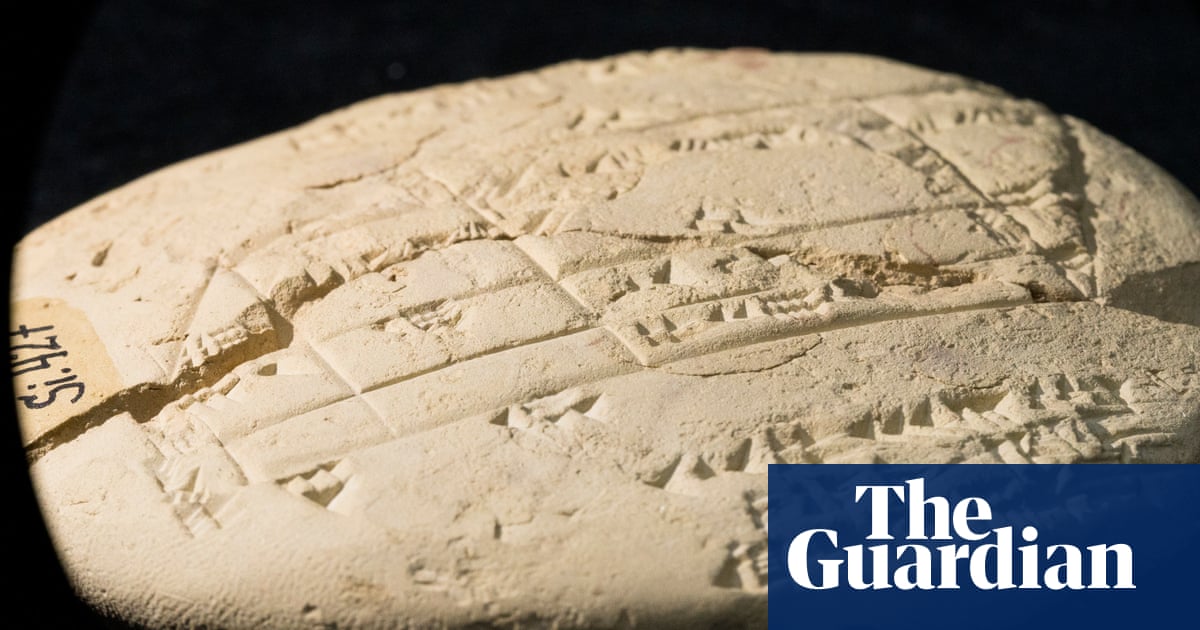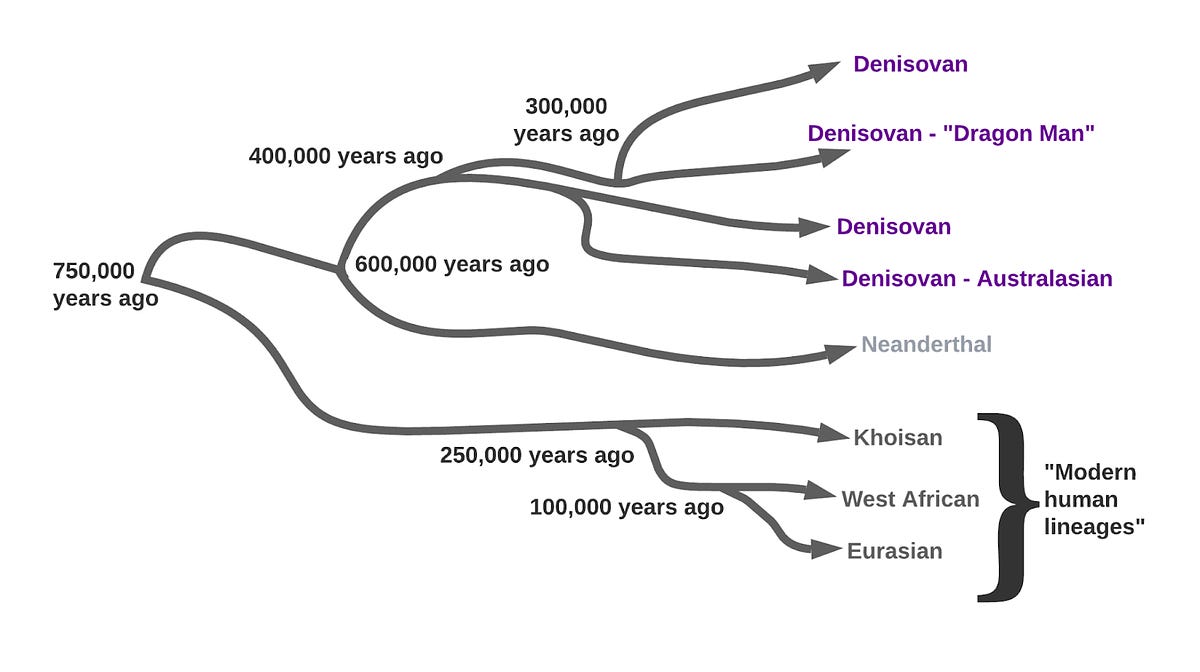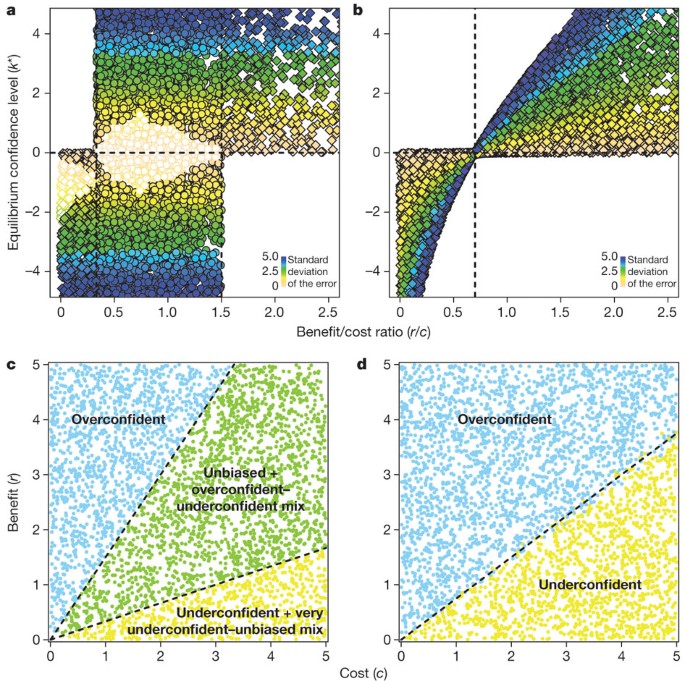
The world’s oldest tree? Genetic analysis traces evolution of iconic Pando forest
You can also search for this author in PubMed Google Scholar
Pando consists of a vast root system with nearly 50,000 cloned stems, spread over an area of more than 40 hectares. Credit: George Rose/Getty
DNA samples from one of the world’s largest and oldest plants — a quaking aspen tree (Populus tremuloides) in Utah called Pando — have helped researchers to determine its age and revealed clues about its evolutionary history.
By sequencing hundreds of samples from the tree, researchers confirmed that Pando is between 16,000 and 80,000 years old, verifying previous suggestions that it is among the oldest organisms on Earth. They were also able to track patterns of genetic variation spread throughout the tree that offer clues about how it has adapted and evolved over the course of its lifetime. The findings were posted on the bioRxiv preprint server on 24 October1. The work has not yet been peer reviewed.
“It’s just pretty cool to study such an iconic organism,” says co-author Rozenn Pineau, a plant evolutionary geneticist at the University of Chicago in Illinois. “I think it’s important to draw people’s attention on natural wonders of the world.”


















/cdn.vox-cdn.com/uploads/chorus_asset/file/25336135/zoox_robotaxi_driving_at_night.jpg)





